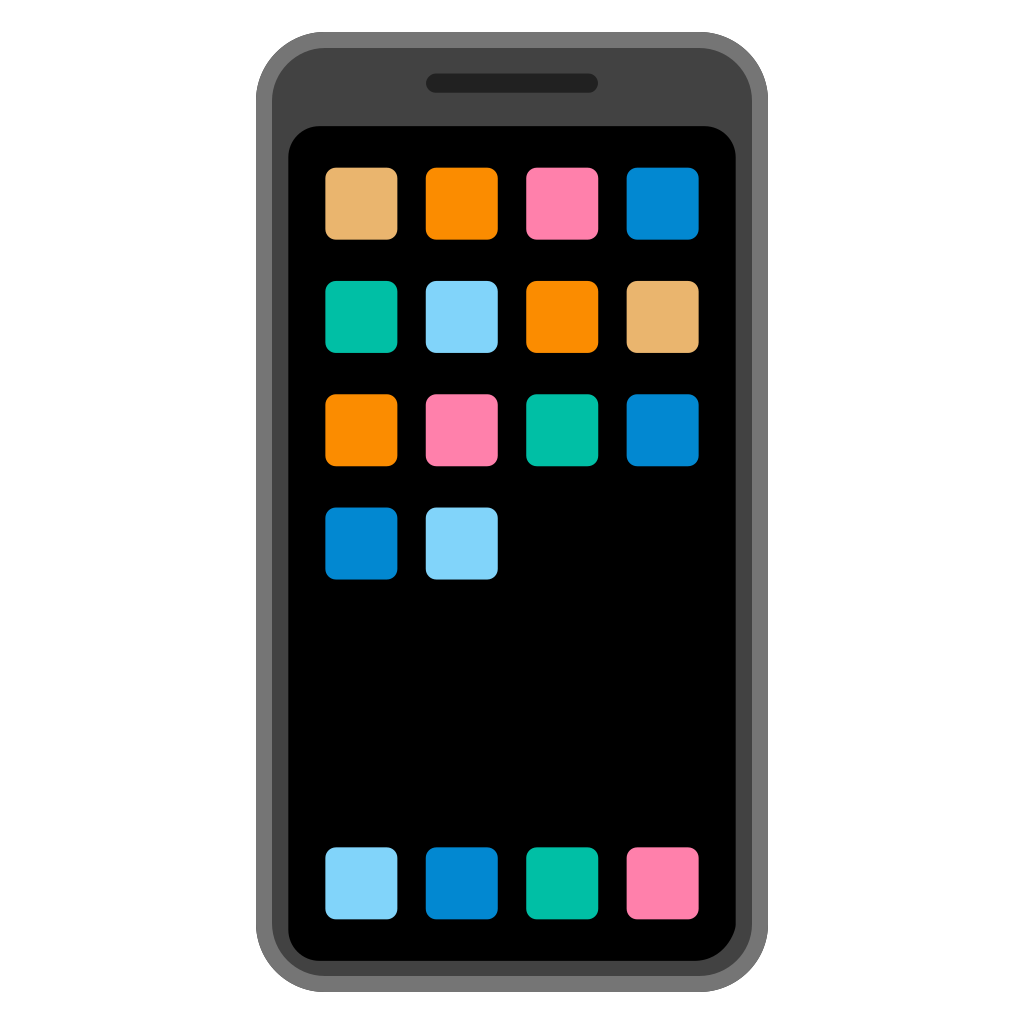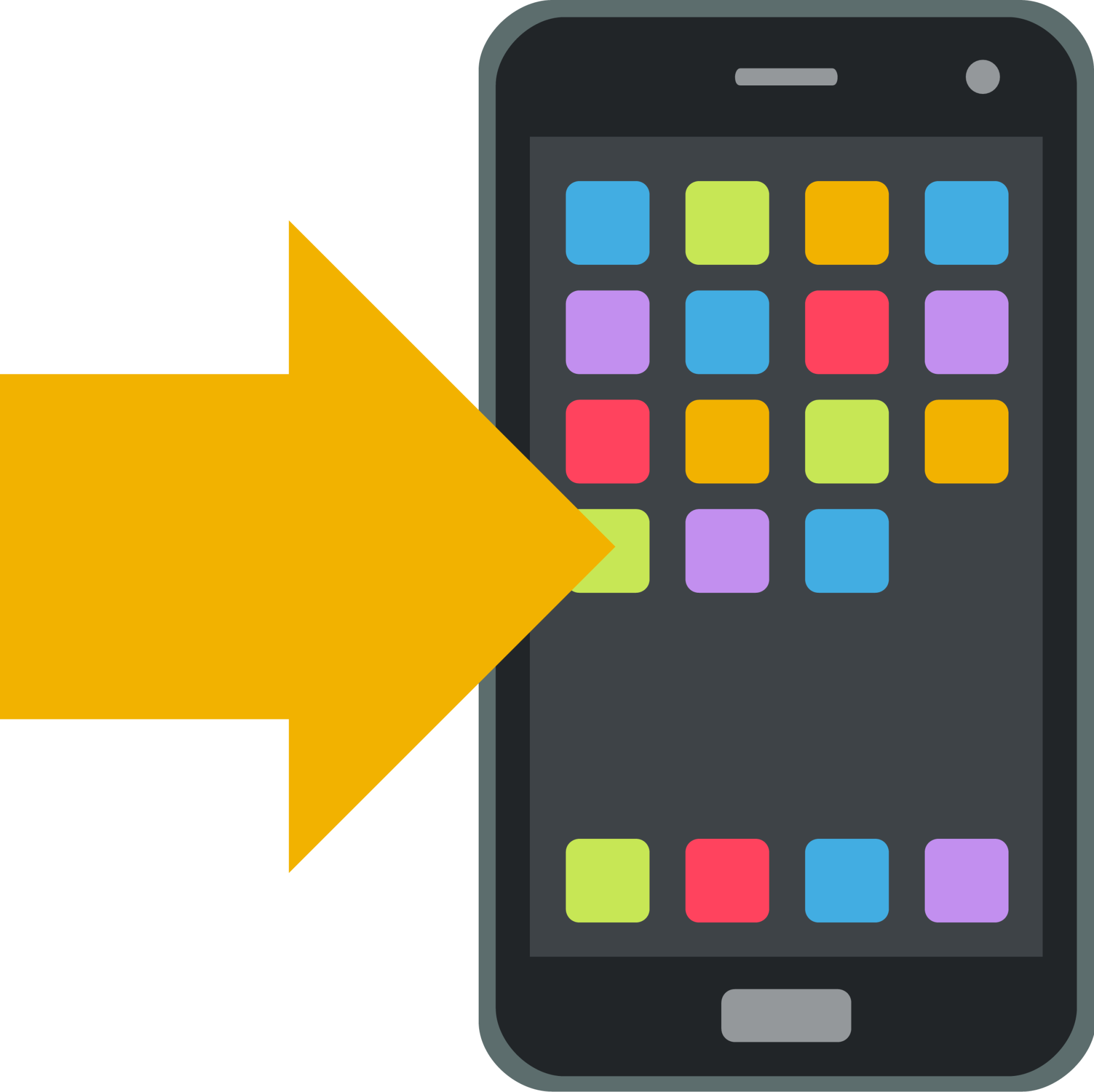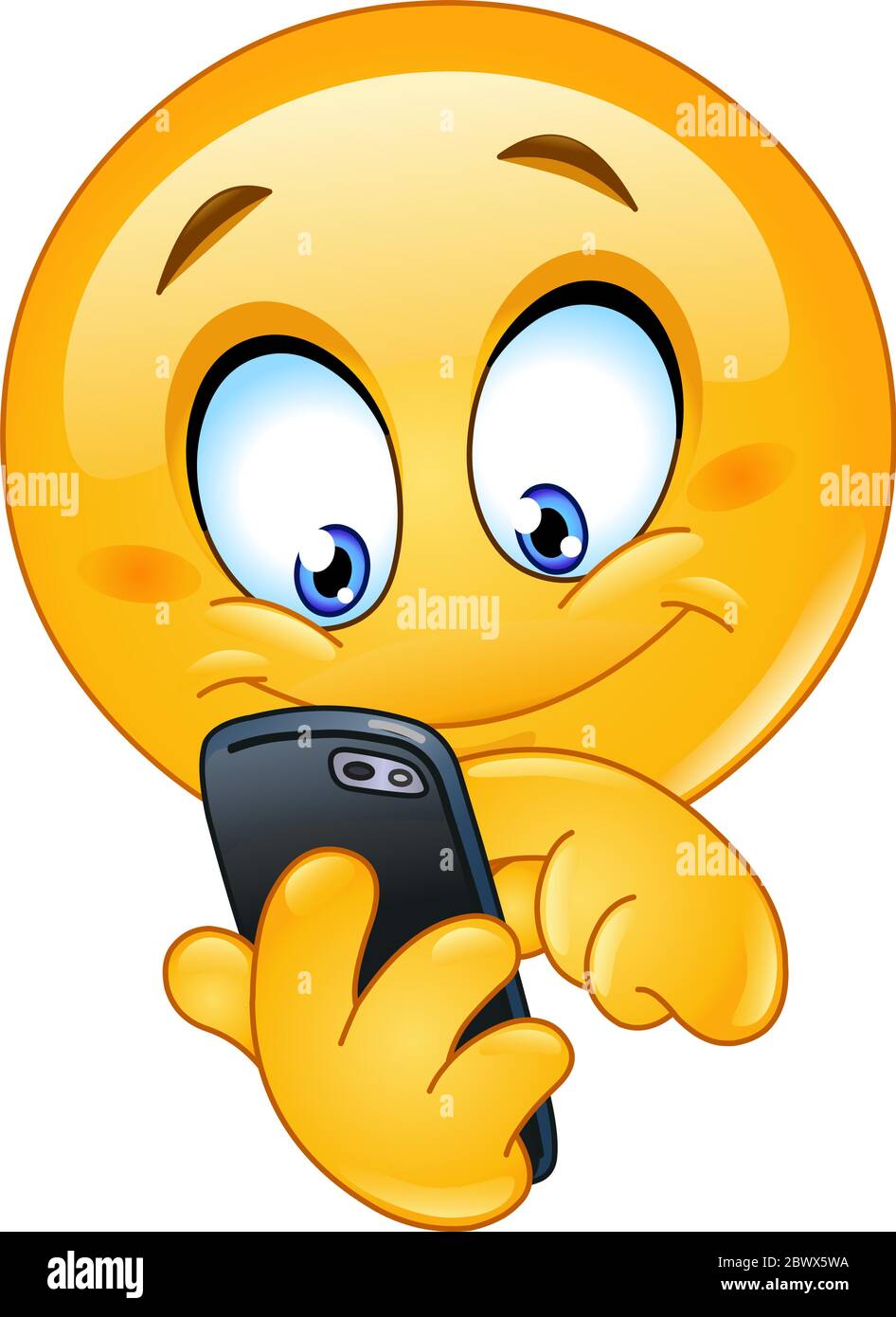The Ubiquitous Grin: A Deep Dive into the World of smartphone Emojis
The tiny, pixelated faces and symbols that populate our digital conversations have become an integral part of modern communication. Emojis, once a niche novelty, now permeate nearly every aspect of online interaction, from casual texts to professional emails. This 3000-word exploration delves into the fascinating world of smartphone emojis, examining their history, cultural impact, psychological effects, and the ongoing evolution of these digital icons.
The Precursors: Emoticons and the Rise of Digital Expression
Before the vibrant world of emojis, there were emoticons. Simple combinations of punctuation marks, like the classic smiley face “:-)”, emerged in the early days of the internet to convey emotions in text-based communication. These rudimentary symbols were a crucial step in bridging the gap between written words and human sentiment.
The Birth of Emoji: Shigetaka Kurita and the Japanese Origins

The modern emoji, as we know it, was born in Japan in the late 1990s. Shigetaka Kurita, a member of the team developing i-mode, NTT DoCoMo’s mobile internet platform, designed the first set of 176 emojis. These small images were intended to simplify communication and convey information more effectively within the limited bandwidth of early mobile devices. Inspired by manga and kanji characters, Kurita’s emojis captured a range of emotions and concepts, laying the foundation for the global phenomenon we see today.
The Unicode Consortium and the Standardization of Emoji
The true explosion of emoji usage occurred with their adoption by the Unicode Consortium. This non-profit organization is responsible for maintaining the Unicode Standard, which ensures consistent character encoding across different platforms and devices. By integrating emojis into Unicode, the consortium enabled their widespread use and interoperability, transforming them from a Japanese novelty into a global language.
Emoji as a Visual Language: Bridging Cultural and Linguistic Barriers
Emojis have transcended linguistic barriers, providing a universal visual language that can be understood across cultures. A simple smiling face can convey happiness or agreement regardless of the reader’s native language. This ability to bridge communication gaps has made emojis invaluable in our increasingly interconnected world.
Emoji and Social Media: Amplifying Emotion and Nuance

Social media platforms have been instrumental in popularizing emojis. Platforms like Twitter, Instagram, and Facebook have integrated emojis seamlessly into their interfaces, encouraging users to express themselves visually. Emojis add emotional depth to posts, allowing users to convey sarcasm, humor, or empathy in a way that words alone cannot.
Emoji and Branding: Engaging Consumers and Building Connections
Businesses have recognized the power of emojis in engaging consumers and building brand loyalty. Marketing campaigns often incorporate emojis to create a sense of fun and approachability. Brands use emojis to personalize their communications, fostering a more intimate connection with their audience.
Emoji and Cultural Appropriation: Navigating Sensitivity and Representation
As emojis become more diverse, issues of cultural appropriation have arisen. Certain emojis, particularly those representing cultural symbols or religious practices, have been criticized for being used out of context or without proper understanding. This highlights the importance of cultural sensitivity and respectful representation in the design and use of emojis.
Emoji and Emotional Expression: Enhancing Communication and Reducing Ambiguity

Emojis play a vital role in enhancing emotional expression in digital communication. They help clarify the tone and intent of messages, reducing the potential for misinterpretation. A simple smiley face can transform a potentially critical message into a friendly suggestion.
Emoji and Social Connection: Fostering Empathy and Rapport
Emojis can foster a sense of social connection and rapport. Sharing emojis with others can create a feeling of shared understanding and emotional resonance. They can also be used to express empathy and support, strengthening relationships in the digital realm.
Emoji and Cognitive Processing: The Brain’s Response to Visual Symbols
Research suggests that the brain processes emojis similarly to real human faces, activating areas associated with emotional processing. This neurological response highlights the power of emojis in conveying emotions and influencing our perception of digital interactions.
Emoji and Misinterpretation: The Challenges of Cross-Cultural Communication
Despite their potential to enhance communication, emojis can also lead to misinterpretations, particularly across cultures. An emoji that conveys positive emotions in one culture might have a different meaning in another. This highlights the need for cultural awareness and sensitivity in emoji usage.
The Expansion of Emoji Sets: Adding Diversity and Inclusivity
The Unicode Consortium continues to expand the emoji set, adding new designs to reflect the diversity of human experience. Recent additions have focused on inclusivity, including emojis representing different skin tones, genders, and disabilities.
The Rise of Animated Emojis: Bringing Motion to Digital Communication
Animated emojis, such as those found in messaging apps like iMessage and Telegram, are adding a new dimension to digital communication. These dynamic emojis can convey emotions and actions with greater clarity and expressiveness.
The Future of Emoji: Personalized Emojis and Immersive Experiences
The future of emojis may involve personalized designs and immersive experiences. Technology like augmented reality and virtual reality could enable users to create and interact with emojis in new and innovative ways.
The Ongoing Debate: Are Emojis a Sign of Linguistic Decline?
Some critics argue that the widespread use of emojis is a sign of linguistic decline, suggesting that they replace complex thought and nuanced expression. However, many linguists and communication experts counter that emojis are simply a new form of visual language, adding to the richness and complexity of human communication.
From their humble beginnings as simple emoticons to their current status as a global language, emojis have revolutionized digital communication. They have bridged cultural barriers, enhanced emotional expression, and transformed the way we interact online. As technology continues to evolve, emojis will undoubtedly play an even more significant role in shaping our digital interactions. While debates about their impact on language and culture will continue, the enduring power of the emoji lies in its ability to connect us, express our emotions, and add a touch of humanity to our digital world. They are a testament to our innate desire to communicate, connect, and express ourselves, even in the abstract realm of digital interaction. As long as humans seek to connect, the emoji will remain a powerful and relevant tool.



